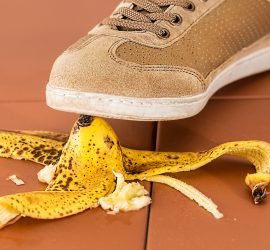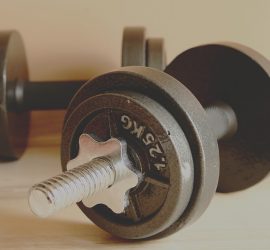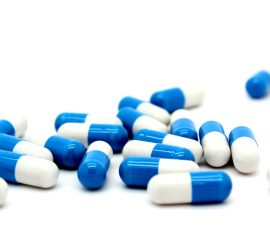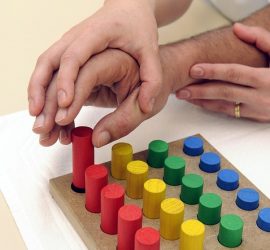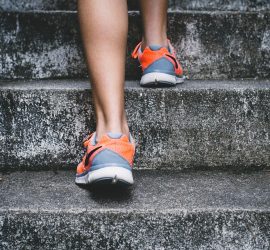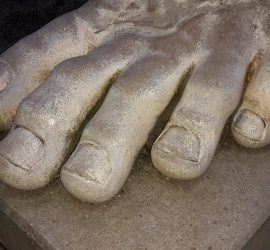We mislocalise landmarks on our hand when we can’t see it
Previous studies have shown that healthy individuals, when asked to locate the position of the tips and knuckles of each finger on their hand when it could not be seen, consistently misjudge the size and shape of their hand (Longo & Haggard, 2010). They overestimate the width of their hand […]


